By Anne Brennan
“Do not read beauty magazines. They will only make you feel ugly.”
That’s a line from Chicago Tribune columnist Mary Schmich.
![Airbrushed-Nation[1]](http://www.filmnoirblonde.com/wp-content/uploads/2013/02/Airbrushed-Nation14.jpg) Despite that warning, there’s something about beauty magazines that is irresistible. What is it about the glossy paper, the aspirational photos, the total escapism?
Despite that warning, there’s something about beauty magazines that is irresistible. What is it about the glossy paper, the aspirational photos, the total escapism?
Thud.
That’s the sound these magazines made when they hit the wastepaper basket after I read “Airbrushed Nation: The Lure & Loathing of Women’s Magazines,” (Seal Press, $16) by Jennifer Nelson.
Nelson is a freelance journalist who has written for “practically every women’s magazines on the newsstands,” according to her About the Author bio.
Just like the pulling back of the curtain in “The Wizard of Oz,” Nelson reveals the inner workings of beauty magazines such as Glamour, Vogue, Self and Ladies Home Journal, also called the “pink ghetto.”
“Let’s get real, ladies, because the magazines sure aren’t!” Nelson writes.
Everyone knows those pictures of Karlie Kloss and Coco Rocha are airbrushed, but that’s just touching the surface. Nelson explores an interesting range of topics within the women’s magazine industry: history, working environment, advertising, fear-mongering and politics, even if most stories focus on the weight and dress size of female politicians.
She finds some positive aspects about the industry, such as … wait, had to page through the book to find an example. Ah, yes, many of the magazines cover social issues and profile everyday women, Nelson says.
One little tidbit in the book stuck out to me. Even the makeup on the cover models, (you know, the “About the Shoot” notes that say Kate Moss is wearing Maybelline lipstick, blush and mascara, etc.) is fake. Editors try to match the shades used by the makeup artist to commercial cosmetic products. Then they say that’s what the model is wearing. No wonder I could never look like Kate, even if I did have the same Cherry in Snow lipstick!
As a writer, I was especially interested in the insider look at the editorial departments. Nelson confirmed what I’ve experienced and what other writers have told me. For example, editors only want beautiful “real people” profiled.
Also, I’ve often wondered: How many times can an editor write a version of “thin thighs in 30 days” or “burn belly fat” for a magazine cover? Twelve times a year, it appears.
That said, I was a little disappointed this book wasn’t juicier. I was expecting really outlandish anecdotes, à la “The Devil Wears Prada.”
The only question Nelson doesn’t seem to answer is why we (ok, I) continue to read these magazines. Long ago, when I traveled by T. Rex, we didn’t have the internet. The most beauty, fashion and sex advice I could find other than magazines was Judy Blume’s “Are You There God, It’s Me, Margaret?”
We can get our fix from a multitude of media now. But nothing replaces a magazine for me. Like Nelson says, there is some good writing out there, especially in mags such as O, The Oprah Magazine, More and Real Simple.
So, yes, of course, I’ll pull those glossies out of the trash. At least I can read them with new and informed eyes, which are always un-airbrushed.
Except for maybe my LinkedIn profile.
Gotta do something about that.
Anne Brennan is an Ohio-based writer. It’s always a delight to have her contribute to FNB.
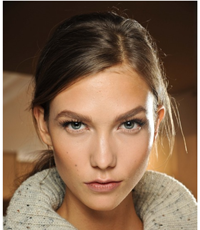

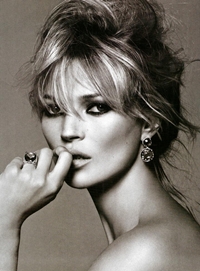





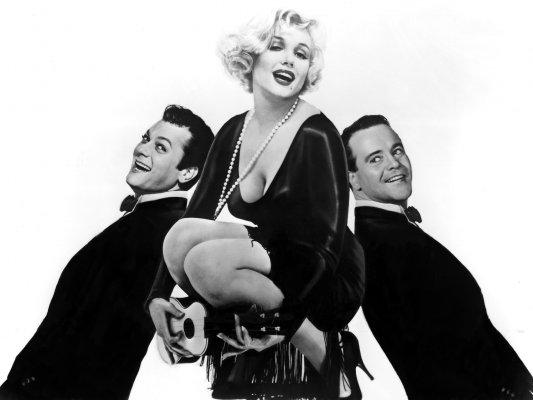
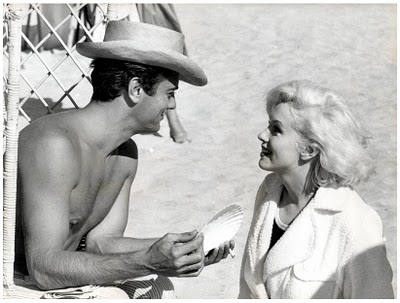
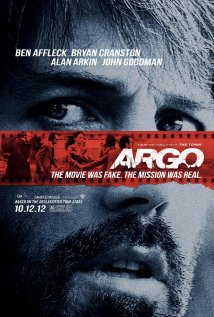
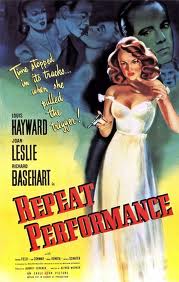
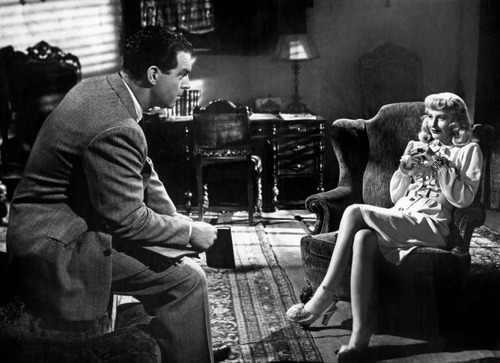
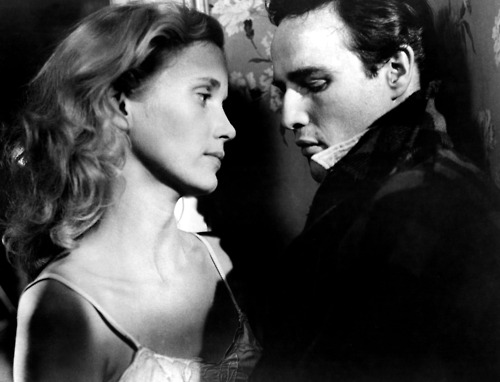
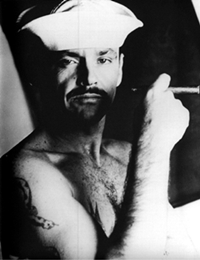
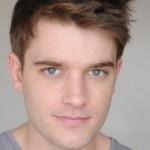
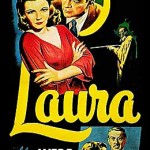
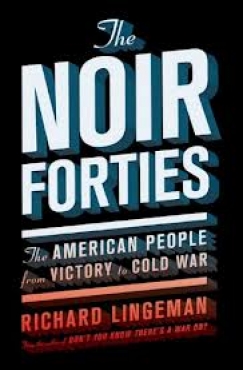
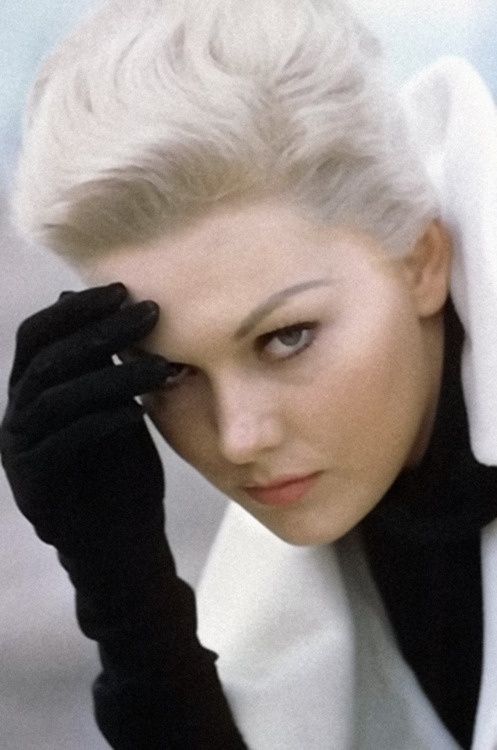
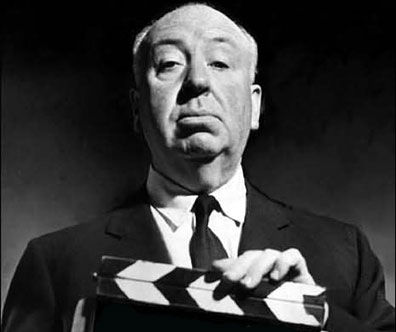





From FNB readers